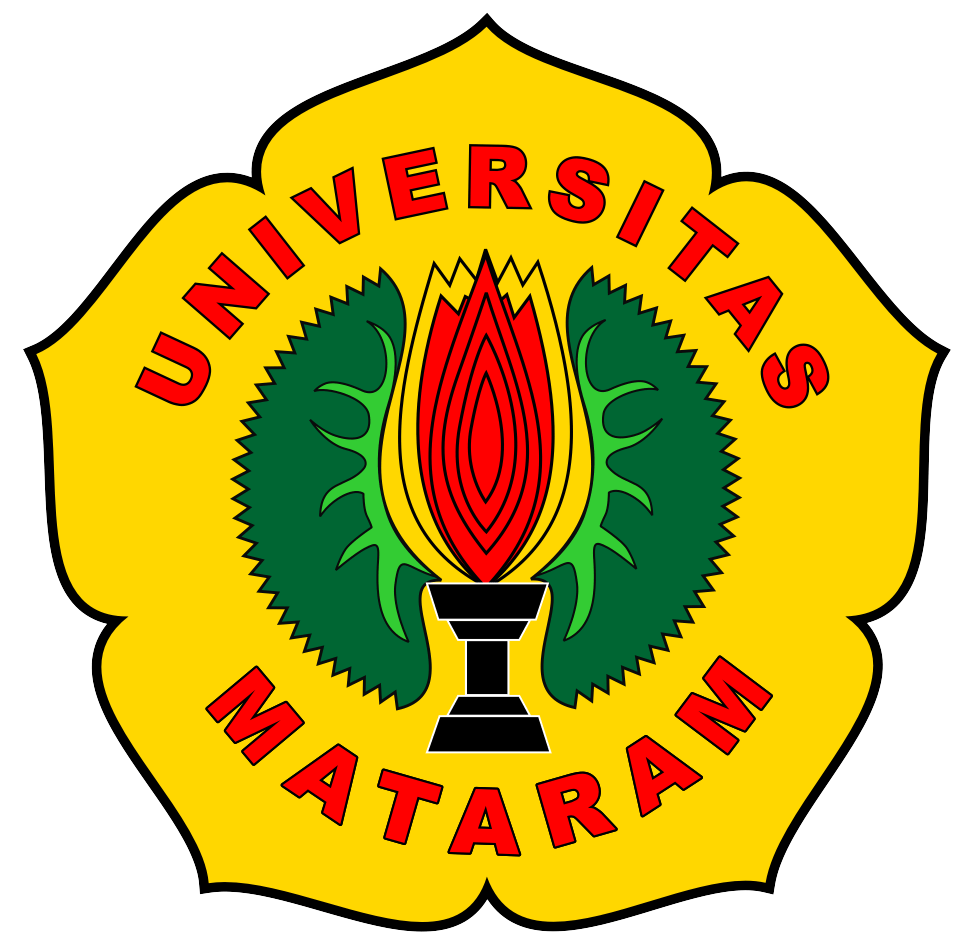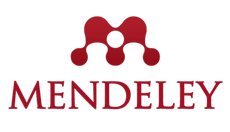Karakteristik Pasien Ketoasidosis Diabetik Sebelum Dan Saat Pandemi Covid-19 Di Rsud Abdul Wahab Sjahranie Samarinda
Keywords:
Diabetes mellitus, ketoasidosis diabetik, COVID-19Abstract
Situasi pandemi Corona Virus Disease-19 (COVID-19) telah menjadi tantangan dalam manajemen penyakit bagi pasien diabetes mellitus (DM) sehingga meningkatkan risiko komplikasi, termasuk ketoasidosis diabetik (KAD). Kasus KAD telah dilaporkan meningkat selama pandemi dan dapat tercetuskan oleh COVID- 19. Penelitian ini bertujuan untuk mengetahui karakteristik pasien KAD sebelum dan saat pandemi di RSUD Abdul Wahab Sjahranie Samarinda. Penelitian ini menggunakan desain deskriptif observasional dan pengambilan sampel dengan metode sampel total. Variabel yang diteliti mencakup demografi, klinis, hasil laboratorium, serta jenis infeksi. 59 pasien masuk dalam kriteria (17 selama pandemi dan 42 sebelum pandemi). Usia dewasa (58,82% & 71,43%), perempuan (64,7% & 66,67), dan DM tipe 2 (58,82% & 71,43%) mendominasi di kedua kelompok. Selama pandemi, kasus KAD berat relatif tinggi (82,35% vs 76,19%). Mortalitas relatif menurun (23,52% vs 45,23%), tetapi masih lebih tinggi dibanding studi lainnya. Kadar glukosa darah, HbA1c, HCO3-, pCO2, dan leukosit relatif tinggi sebelum pandemi. Meski begitu, kami menemukan kadar pH, ketonuria, ureum, dan kreatinin yang lebih tinggi selama pandemi. Di antara kedua kelompok, hampir seluruh pasien memiliki riwayat infeksi yang mencetuskan KAD (94,11% & 92,85%) dengan sepsis sebagai jenis infeksi terbanyak. Tetapi, kami tidak menemukan infeksi Severe Acute Respiratory Syndrome-Corona Virus-2 (SARS-CoV). Pandemi COVID-19 memberikan dampak pada klinis serta luaran pasien KAD.
Published
Issue
Section
License
Authors who publish with Unram Medical Journal, agree to the following terms:
- Authors retain copyright and grant the journal right of first publication with the work simultaneously licensed under a Creative Commons Attribution 4.0 International License (CC-BY License). This license allows authors to use all articles, data sets, graphics, and appendices in data mining applications, search engines, websites, blogs, and other platforms by providing an appropriate reference. The journal allows the author(s) to hold the copyright without restrictions and will retain publishing rights without restrictions.
- Authors are able to enter into separate, additional contractual arrangements for the non-exclusive distribution of the journal's published version of the work (e.g., post it to an institutional repository or publish it in a book), with an acknowledgment of its initial publication in University of Mataram's Journal of Medicine.
- Authors are permitted and encouraged to post their work online (e.g., in institutional repositories or on their website) prior to and during the submission process, as it can lead to productive exchanges, as well as earlier and greater citation of published work (See The Effect of Open Access).
- This journal is open access journal which means that all content is freely available without charge to users or / institution. Users are allowed to read, download, copy, distribute, print, search, or link to full text articles in this journal without asking prior permission from the publisher or author.






